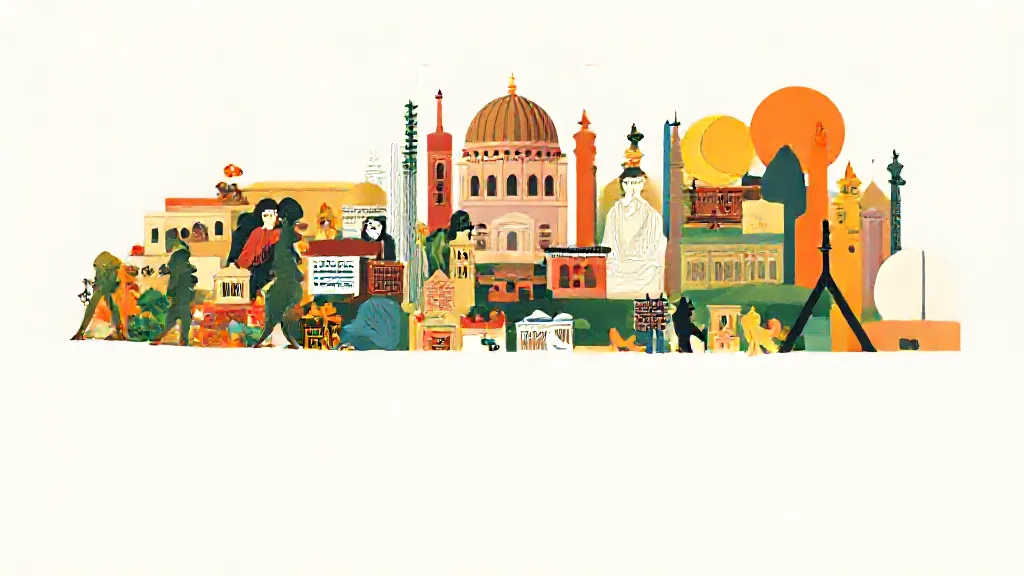Art history is a vast and intricate tapestry that informs and enriches contemporary artistic practices. The influence of past movements, styles, and philosophies is evident in the works of modern artists and designers, who draw inspiration from the rich legacy of their predecessors. Understanding how art history shapes modern creations requires an exploration of key historical periods, significant movements, and the ongoing dialogue between the past and present in the art world.
The Renaissance: A Foundation for Modern Creativity
The Renaissance period marked a significant turning point in the history of art, characterized by a revival of classical ideas and a focus on humanism. Artists such as Leonardo da Vinci and Michelangelo not only advanced techniques like perspective and chiaroscuro but also emphasized the importance of the individual and the natural world. This focus on human experience and observation continues to resonate in contemporary art, where artists often seek to explore personal narratives and societal issues through a lens of realism and emotional depth.
The Influence of Impressionism on Modern Aesthetics
The Impressionist movement, which emerged in the late 19th century, revolutionized the way artists approached light, color, and everyday subject matter. Pioneers like Claude Monet and Edgar Degas broke away from traditional techniques, opting instead for loose brushwork and an emphasis on capturing fleeting moments. This shift has had a lasting impact on modern art, inspiring movements such as Abstract Expressionism and even contemporary photography, where the play of light and spontaneity are crucial elements in the artistic process.
Cubism and the Deconstruction of Form
Cubism, spearheaded by artists like Pablo Picasso and Georges Braque in the early 20th century, challenged conventional perspectives and represented subjects from multiple viewpoints. This radical approach to form and structure has influenced countless modern artists and designers, who often deconstruct and reassemble visual elements to create dynamic compositions. The principles of Cubism can be seen in various contemporary practices, from graphic design to installation art, where the interplay of shapes and perspectives invites viewers to engage with the work in new ways.
The Role of Surrealism in Modern Conceptual Art
Surrealism, with its emphasis on dreams, the unconscious, and the bizarre, has profoundly influenced modern conceptual art. Artists like Salvador Dalí and René Magritte explored the intersection of reality and imagination, encouraging viewers to question their perceptions. This legacy is evident in the work of contemporary artists who employ surrealist techniques to challenge societal norms and provoke thought.
The use of dreamlike imagery and unexpected juxtapositions remains a powerful tool for modern creators seeking to explore complex themes.
Pop Art: Bridging Fine Art and Popular Culture
The Pop Art movement of the 1960s, led by figures like Andy Warhol and Roy Lichtenstein, blurred the boundaries between high art and popular culture. By incorporating commercial imagery and mass media into their work, these artists challenged traditional notions of originality and artistic value.
Today, the influence of Pop Art is pervasive in contemporary art and design, as artists continue to engage with consumer culture, social media, and branding, using these elements to comment on modern life.
The Impact of Technology on Artistic Expression
The advent of new technologies has transformed the landscape of art creation and consumption. Digital tools, virtual reality, and social media platforms have opened up new avenues for artistic expression and collaboration.
Artists today often reference historical techniques while integrating modern technology, creating hybrid works that resonate with both past and present audiences. This fusion of traditional and contemporary methods reflects a broader trend in which art history informs the evolution of creative practices in the digital age.
Cultural Heritage and Global Perspectives in Art
As globalization continues to shape the art world, contemporary artists increasingly draw from diverse cultural heritages and historical contexts.
This exchange of ideas and aesthetics allows for a richer understanding of how art history influences modern creations. Artists from various backgrounds incorporate traditional techniques, motifs, and narratives into their work, fostering a dialogue between cultures and challenging dominant narratives in art history. This cross-pollination of influences enriches the contemporary art scene, making it more inclusive and representative of global experiences.
Conclusion: The Ongoing Dialogue Between Past and Present
The relationship between art history and modern creations is a dynamic and ongoing dialogue. By studying and engaging with historical movements, contemporary artists and designers can find inspiration, challenge conventions, and push the boundaries of creativity. As the art world continues to evolve, the lessons of the past remain vital, reminding us of the transformative power of art and its ability to reflect and shape the human experience.
